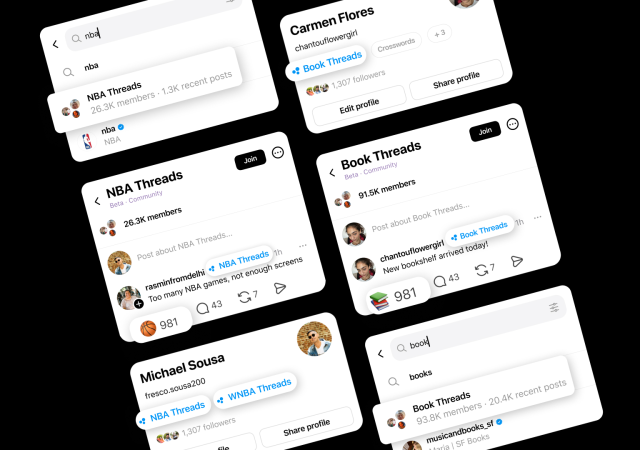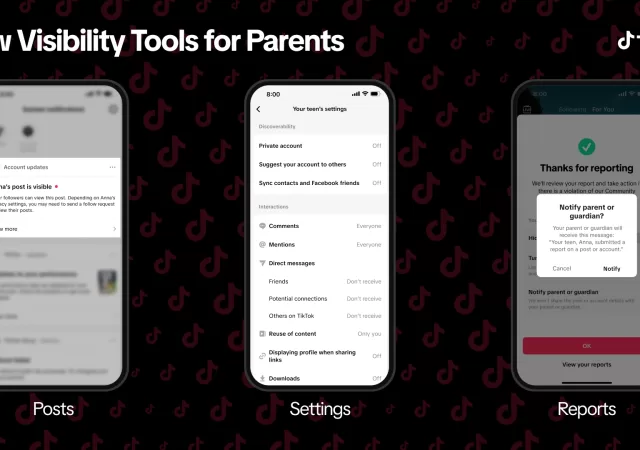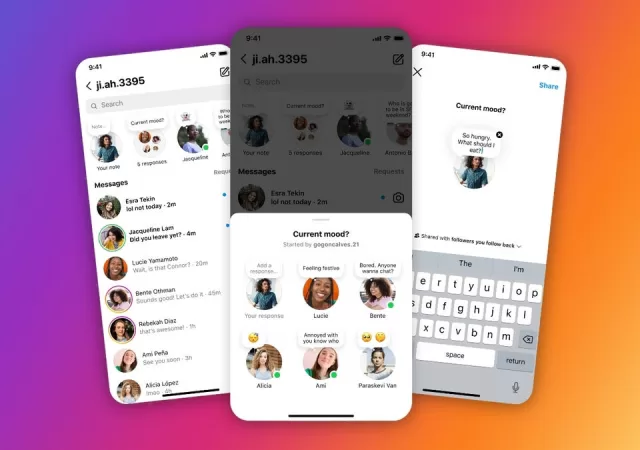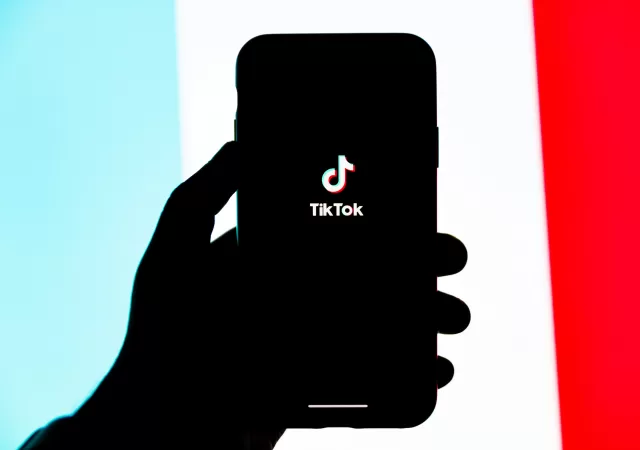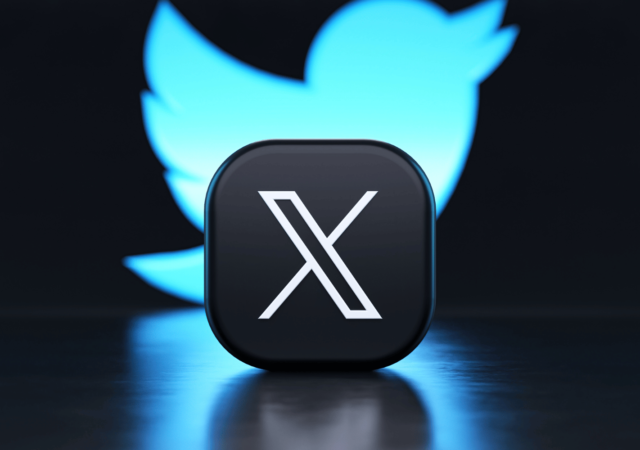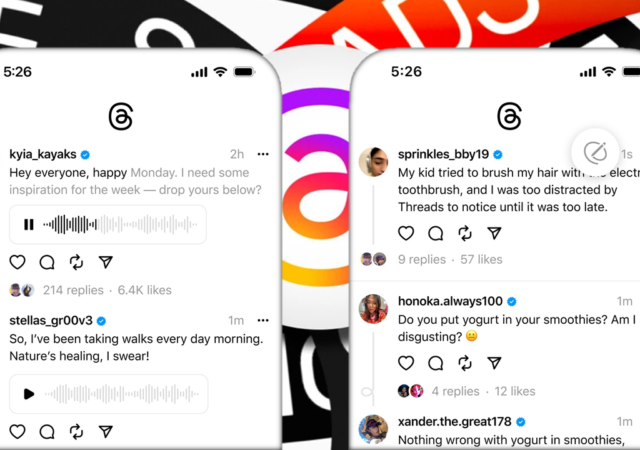Meta is changing things up with a new feature called “Communities” on Threads and experimenting with a video-first approach on Instagram.
TikTok Doubles Down Against Scams in Malaysia
TikTok outlines and enhances its efforts and collaborations with Malaysian authorities to fight scams on its platform.
TikTok Introduces New Measures and Features That Enhance Safety
TikTok introduces new features that aim to enhance platform safety, better protect creators and empower community well-being.
Breaking Down Social Media Licensing in Malaysia: What You Need to Know
Malaysia is enforcing its Social Media License, a first of its kind measure to hold platforms liable for content posted and enforce measures to limit cyberbullying and more. Here’s what you should know.
Instagram Revamps Notes with Prompts, Likes, and Mentions, Making it More Interactive
Instagram updates its Notes feature making it more robust and interactive. The new updates change the one way interaction to a more dynamic one.
Instagram Steps Up Efforts to Combat Sextortion Among Teens
Instagram steps up efforts to prevent sextortion and increase safety on its platform particularly among teens with new features and a focus on limiting unwanted interactions.
TikTok Tests Long-Form Videos: A Challenge to YouTube’s Dominance?
Tiktok is testing out 60-minute long videos, a significant divergence from its usual short form videos. Is it looking to take on YouTube?
Meta’s Next Billion User App, Threads, Brings More Features
Find out how the team over at Instagram & Threads are trying to make conversations more engaging with their native GIF picker & polls and more – learn more about their lofty ambitions.
X (formerly Twitter) Unveils New Subscription Tiers: Here’s What You Need to Know
X is introducing two new tiers to cater to diverse user needs: Premium+ & Standard. Get a blue checkmark & remove ads w/ the USD$16 (RM76.20) monthly Premium+ subscription. Learn more now.
Instagram’s Threads Levels Up with Editable Posts & Voice Threads
Instagram’s answer to a rapidly degenerating Twitter (now known as “X”) – Threads – is taking the competition head-on by introducing new features. This includes editable posts. This is a feature that Twitter (X) has adopted only for its premium…
- Google Cloud Launches Gemini Enterprise, an All-in-One Agentic AI Platform for the Workplace
- ASUS Unveils ExpertCenter PN54-S1 Mini PC with AMD Ryzen 200 Series Processors
- Here’s How You Can Manage Your BUDI95 Subsidy with Touch ‘n Go eWallet
- Tata Communications Launches Voice AI Platform to Transform Customer Engagement
- vivo V60 Lite 5G Arrives in Malaysia, Dubbed the “Toughest Lite for Non-Stop Fun”
- user-465340 on Graphisoft is Designing the Future with Mindful Integration of Generative AI, Sustainability and Effiency
- Alan Shelby on Wondershare Repairit Online: A Free and Reliable Video Repair Platform
- Ally on Google Reveals the Pixel Fold, The Next Word in Foldables
- Carol science on HyperSense named in 2022 Gartner® Market Guide for Multipersona Data Science and Machine Learning Platforms
- Gina keveryn on YouTube Removes Public Dislike Count Visibility
- October 2025
- September 2025
- August 2025
- July 2025
- June 2025
- May 2025
- April 2025
- March 2025
- February 2025
- January 2025
- December 2024
- November 2024
- October 2024
- September 2024
- August 2024
- July 2024
- June 2024
- May 2024
- April 2024
- March 2024
- February 2024
- January 2024
- December 2023
- November 2023
- October 2023
- September 2023
- August 2023
- July 2023
- June 2023
- May 2023
- April 2023
- March 2023
- February 2023
- January 2023
- December 2022
- November 2022
- October 2022
- September 2022
- August 2022
- July 2022
- June 2022
- May 2022
- April 2022
- March 2022
- February 2022
- January 2022
- December 2021
- November 2021
- October 2021
- September 2021
- August 2021
- July 2021
- June 2021
- May 2021
- April 2021
- March 2021
- February 2021
- January 2021
- December 2020
- November 2020
- October 2020
- September 2020
- August 2020
- July 2020
- June 2020
- May 2020
- April 2020
- March 2020
- February 2020
- January 2020
- December 2019
- November 2019
- August 2019



